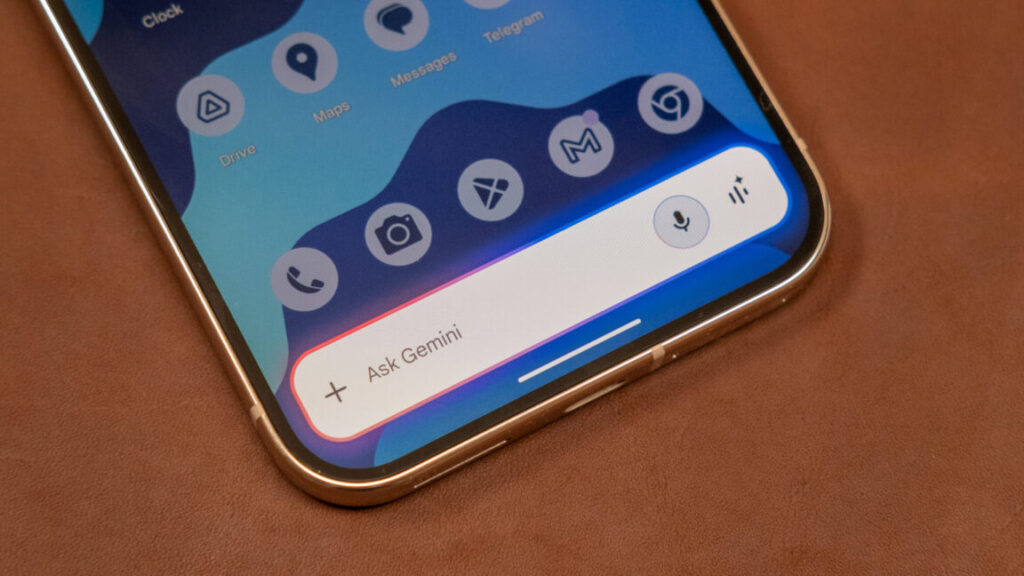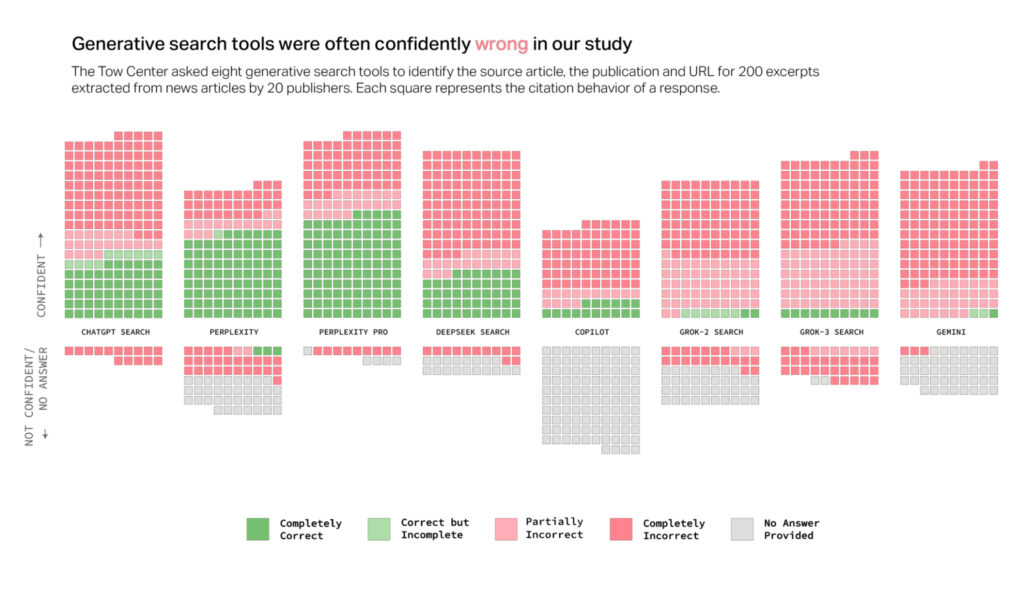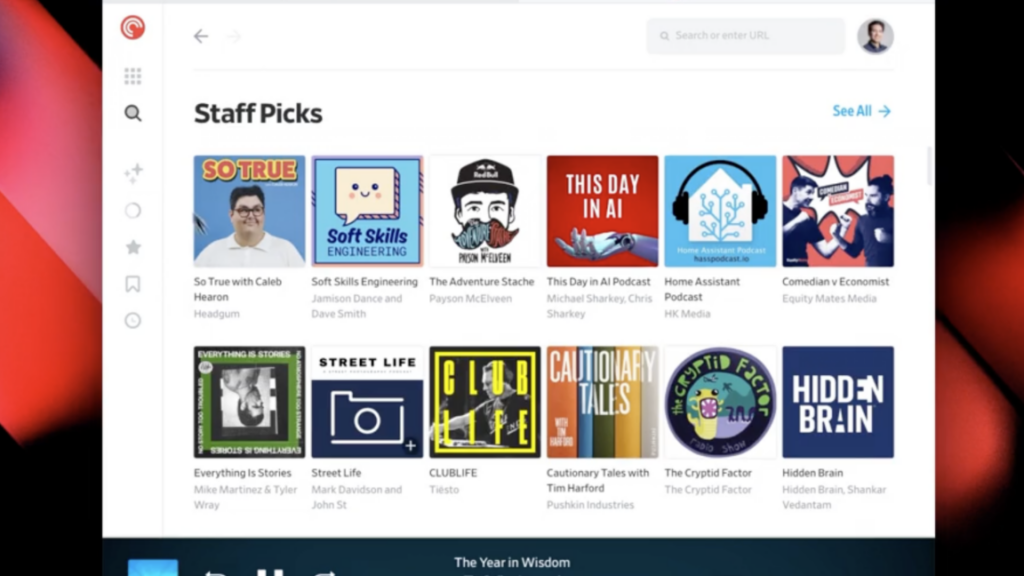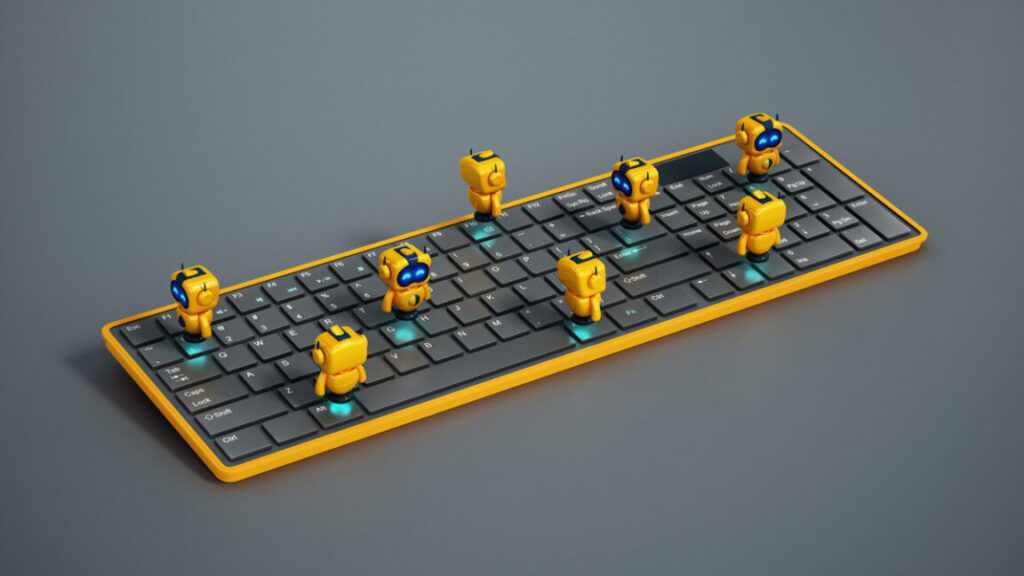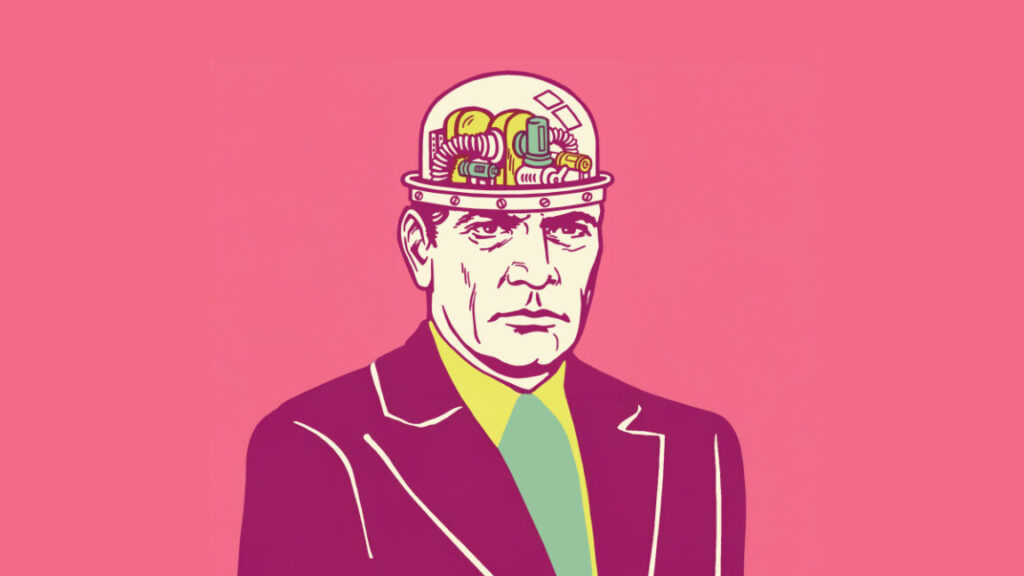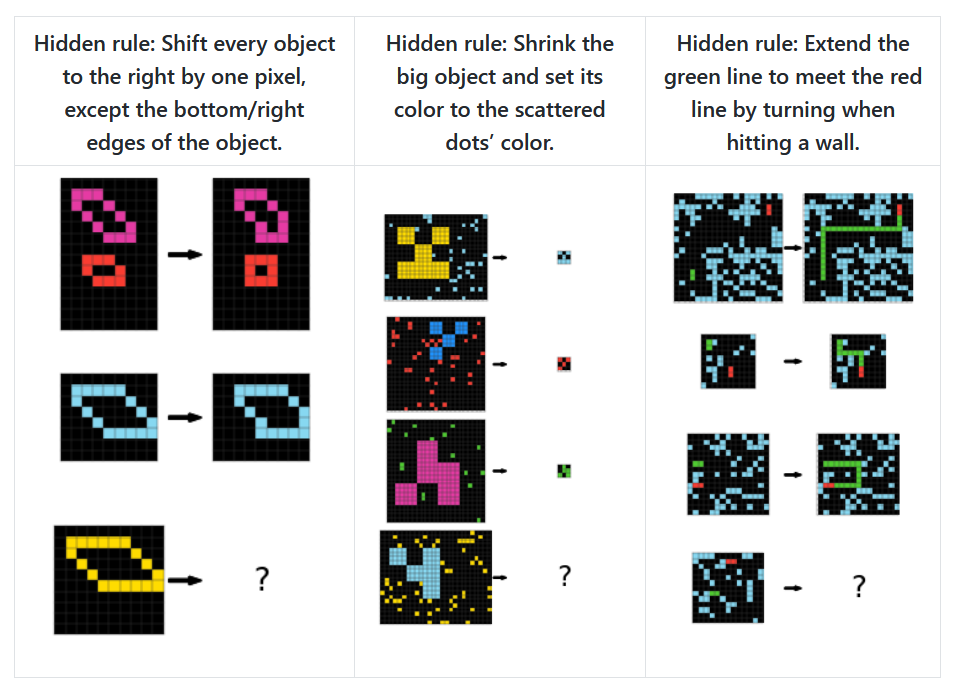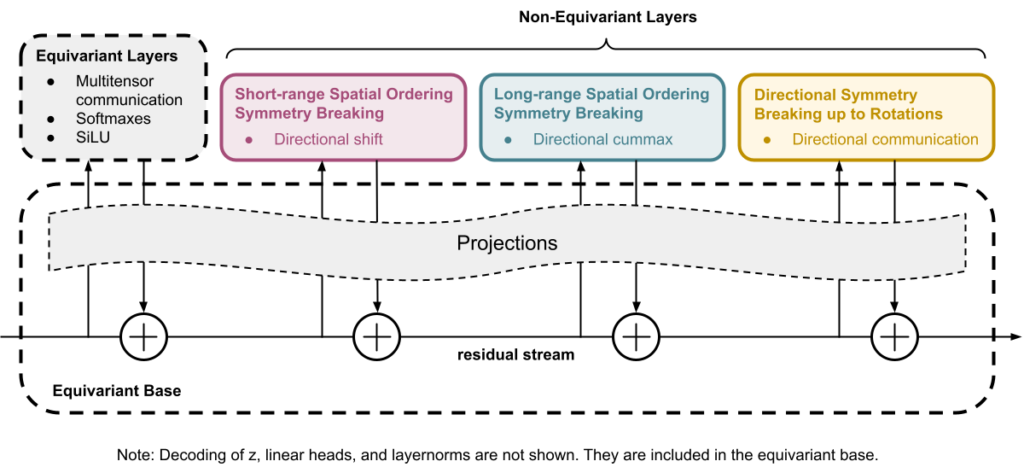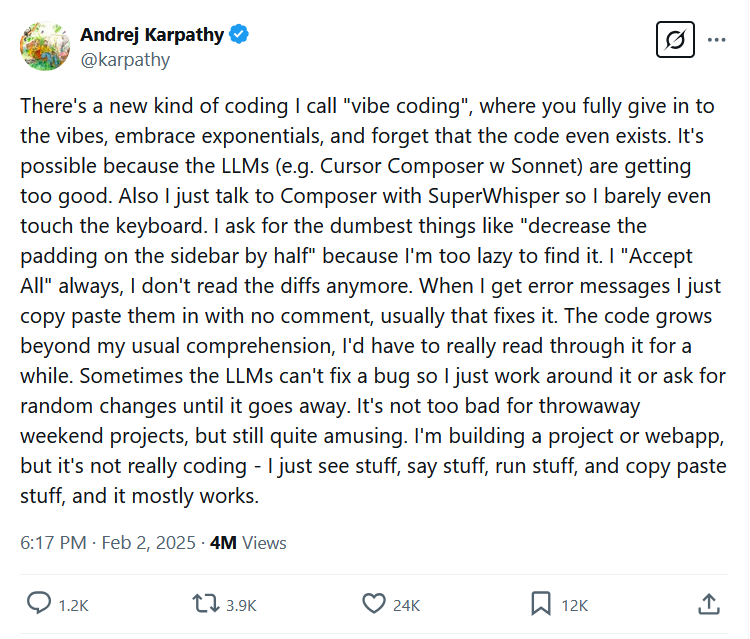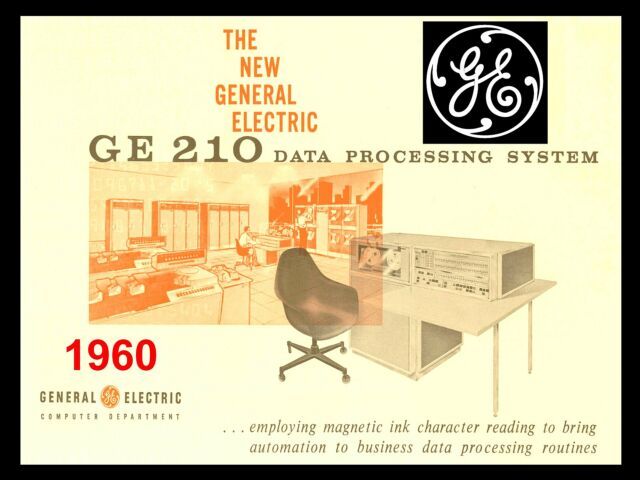End of Life: Gemini will completely replace Google Assistant later this year
Not all devices can simply download an updated app—after almost a decade, Assistant is baked into many Google products. The company says Google-powered cars, watches, headphones, and other devices that use Assistant will receive updates that transition them to Gemini. It’s unclear if all Assistant-powered gadgets will be part of the migration. Most of these devices connect to your phone, so the update should be relatively straightforward, even for accessories that launched early in the Assistant era.
There are also plenty of standalone devices that run Assistant, like TVs and smart speakers. Google says it’s working on updated Gemini experiences for those devices. For example, there’s a Gemini preview program for select Google Nest speakers. It’s unclear if all these devices will get updates. Google says there will be more details on this in the coming months.
Meanwhile, Gemini still has some ground to make up. There are basic features that work fine in Assistant, like setting timers and alarms, that can go sideways with Gemini. On the other hand, Assistant had its fair share of problems and didn’t exactly win a lot of fans. Regardless, this transition could be fraught with danger for Google as it upends how people interact with their devices.
End of Life: Gemini will completely replace Google Assistant later this year Read More »
